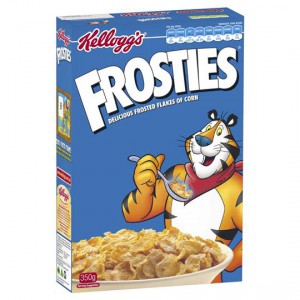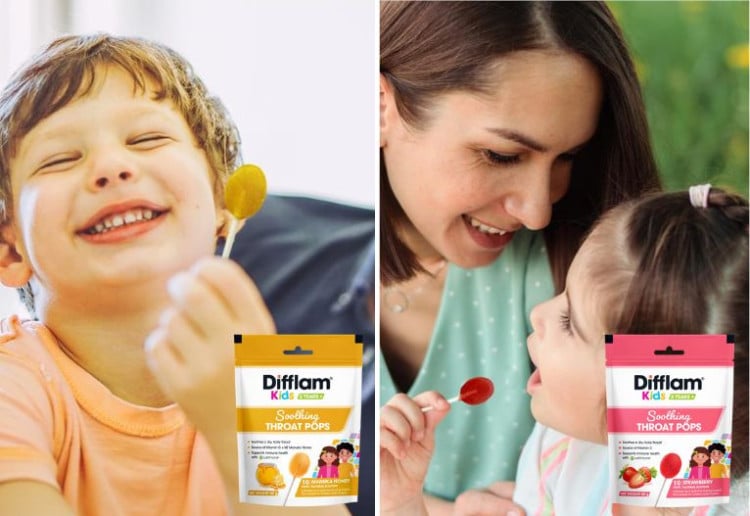As Australia searches for ways to combat childhood obesity, a recent study has suggested that the visual emoji may encourage children into making healthier food choices.
The US study published in the journal Appetite found that adding visual “emolabels” to food – similar to the smiling or frowning faces many of us use when sending a text message – lead to children making healthy food decisions.
Children involved in the study were given a brief lesson on the meaning of the emolabels, before being asked to choose four food items from two aisles in a mock grocery store. The study was centered on children aged between five and 11.
Half of the food items on display were labelled with smiley face stickers indicating nutritious options, frowning face stickers were attached to less healthy foods, while the other half of the items were without labels.
In a recent interview with the Washington Post, study leader and research chair at the University of Phoenix’s Centre for Behavioural Health Reasearch, Greg Privitera, said:
“The thought that came to mind was, ‘Why aren’t we involving children and empowering them to be part of the solution? Children are wonderfully brilliant at emotion,” Dr Privitera said. “As young as six months to one year, they can accurately use basic expressions of emotions to make decisions that make perfect emotional sense.”
Dr Privitera said that as children hold this ability to understand emotional expressions from an early age, the use of the visual emoji made perfect sense to assist them in making better food choices.
According to the Washington Post, the study found that when the emolabels were used, 83 per cent of the children switched one of their food choices to a healthy option.
“That tells us that children are using [this] health information to make choices about their food,” Dr Privitera said.
According to the Federal Government, one in four children in Australia are overweight or obese, and numerous programs have been implemented across the country to try and tackle the problem.
Image source: Shutterstock
We may get commissions for purchases made using links in this post. Learn more.




















-

-
-
-
june11 said
- 07 Mar 2016
Reply
-

-
-
-
mom74640 said
- 07 Mar 2016

Reply
Post a comment9:08 pm
12:30 pm